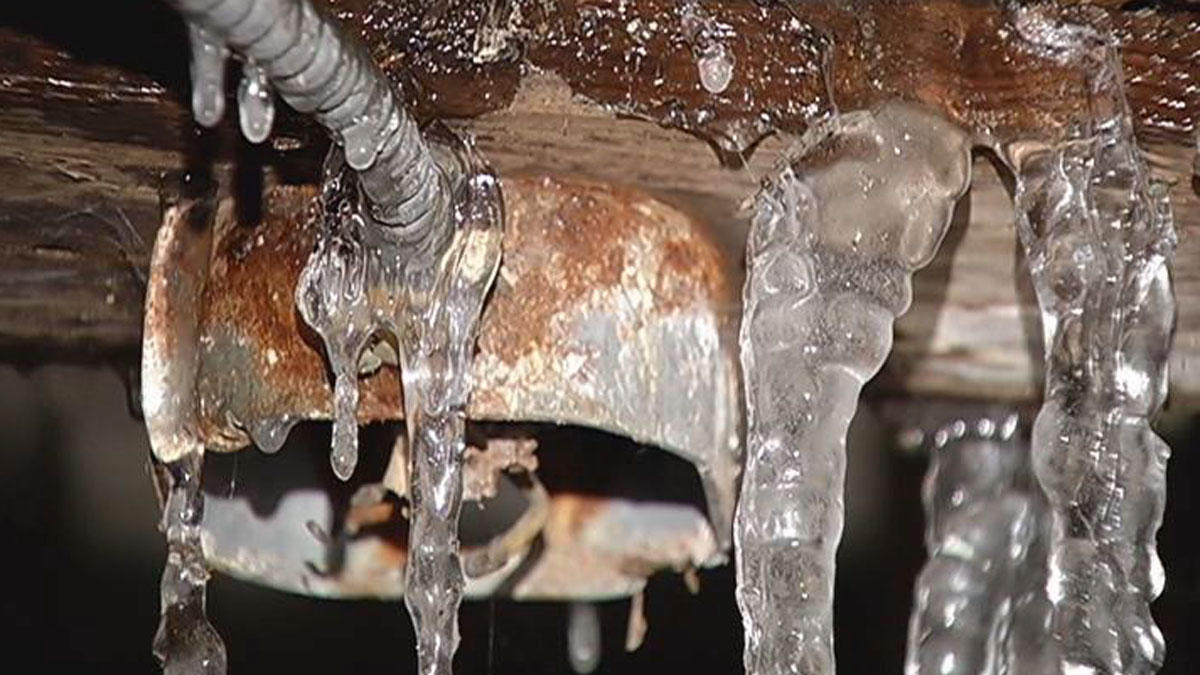Essential Strategies for Avoiding Frozen Plumbing in Cold Weather
More DetailsWhat're your beliefs about 6 Ways to Prevent Frozen Pipes?
:strip_icc()/snow-outdoor-faucet-pipes-4af65d1e5e904fb1aa7bf74071fe5d89.jpg)
Cold weather can damage your pipes, particularly by freezing pipes. Here's exactly how to stop it from happening and what to do if it does.
Introduction
As temperatures decrease, the threat of frozen pipes increases, potentially causing costly repair work and water damage. Comprehending exactly how to avoid frozen pipelines is vital for house owners in cold environments.
Comprehending Icy Pipes
What causes pipelines to ice up?
Pipes ice up when subjected to temperature levels below 32 ° F (0 ° C) for expanded periods. As water inside the pipelines ices up, it broadens, putting pressure on the pipe wall surfaces and potentially triggering them to burst.
Dangers and damages
Icy pipelines can cause water supply interruptions, home damages, and expensive repair work. Ruptured pipelines can flood homes and trigger substantial architectural damage.
Indications of Frozen Pipes
Identifying icy pipes early can stop them from breaking.
Just how to determine frozen pipelines
Look for decreased water flow from taps, unusual smells or sounds from pipelines, and visible frost on subjected pipelines.
Avoidance Tips
Shielding vulnerable pipelines
Cover pipes in insulation sleeves or use heat tape to shield them from freezing temperature levels. Focus on pipes in unheated or exterior areas of the home.
Heating techniques
Maintain interior rooms properly heated, especially locations with plumbing. Open up closet doors to enable warm air to flow around pipelines under sinks.
Safeguarding Outside Plumbing
Yard hoses and exterior faucets
Disconnect and drain yard hose pipes prior to wintertime. Mount frost-proof faucets or cover outdoor faucets with protected caps.
What to Do If Your Pipelines Freeze
Immediate activities to take
If you believe icy pipelines, keep faucets open up to eliminate pressure as the ice melts. Utilize a hairdryer or towels taken in warm water to thaw pipes gradually.
Long-Term Solutions
Structural changes
Consider rerouting pipelines far from outside walls or unheated areas. Add added insulation to attics, cellars, and crawl spaces.
Upgrading insulation
Invest in top notch insulation for pipelines, attic rooms, and walls. Proper insulation helps preserve consistent temperature levels and decreases the risk of icy pipelines.
Final thought
Avoiding frozen pipes requires aggressive actions and fast reactions. By recognizing the causes, indicators, and safety nets, home owners can secure their plumbing throughout cold weather.
5 Ways to Prevent Frozen Pipes
Drain Outdoor Faucets and Disconnect Hoses
First, close the shut-off valve that controls the flow of water in the pipe to your outdoor faucet. Then, head outside to disconnect and drain your hose and open the outdoor faucet to allow the water to completely drain out of the line. Turn off the faucet when done. Finally, head back to the shut-off valve and drain the remaining water inside the pipe into a bucket or container. Additionally, if you have a home irrigation system, you should consider hiring an expert to clear the system of water each year.
Insulate Pipes
One of the best and most cost-effective methods for preventing frozen water pipes is to wrap your pipes with insulation. This is especially important for areas in your home that aren’t exposed to heat, such as an attic. We suggest using foam sleeves, which can typically be found at your local hardware store.
Keep Heat Running at 65
Your pipes are located inside your walls, and the temperature there is much colder than the rest of the house. To prevent your pipes from freezing, The Insurance Information Institute suggests that you keep your home heated to at least 65 degrees, even when traveling. You may want to invest in smart devices that can keep an eye on the temperature in your home while you’re away.
Leave Water Dripping
Moving water — even a small trickle — can prevent ice from forming inside your pipes. When freezing temps are imminent, start a drip of water from all faucets that serve exposed pipes. Leaving a few faucets running will also help relieve pressure inside the pipes and help prevent a rupture if the water inside freezes.
Open Cupboard Doors
Warm your kitchen and bathroom pipes by opening cupboards and vanities. You should also leave your interior doors ajar to help warm air circulate evenly throughout your home.

Do you enjoy reading about How to Prevent Your Pipes From Freezing? Make a remark down below. We'd be glad to hear your reactions about this review. We are looking forward that you come back again later on. Kindly take the time to promote this blog posting if you liked it. Thanks a lot for taking the time to read it.
Call Today